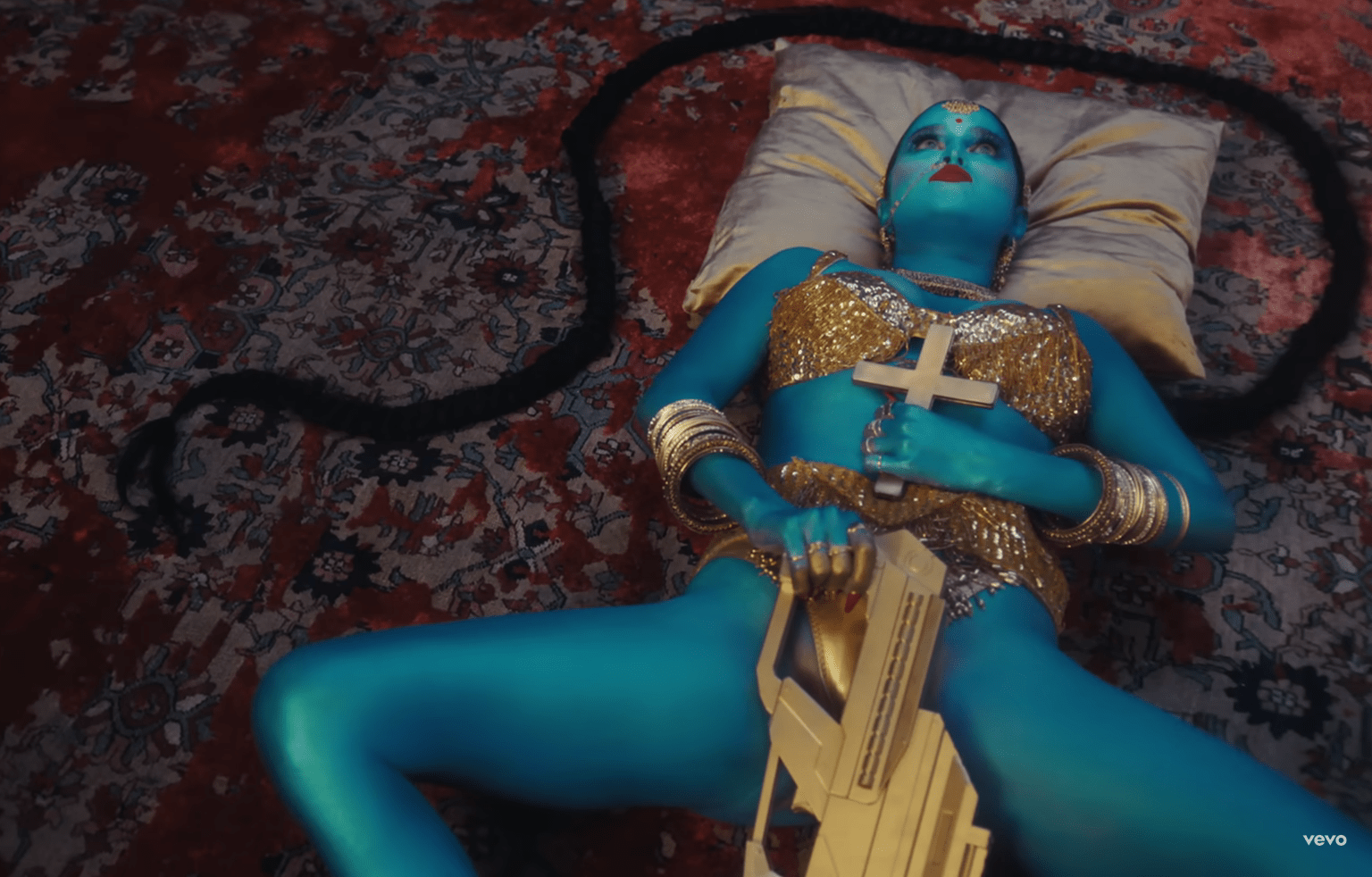
Who is Tommy Genesis?
Tommy Genesis (real name Genesis Yasmine Mohanraj) is a Canadian rapper, model, and visual artist. She was born on August 18, 1990, in Vancouver, Canada. Of Malayali, Tamil, and Swedish descent, she is known for her provocative style, underground rap, and unapologetic persona.
- Full Name: Genesis Yasmine Mohanraj
- Stage Name: Tommy Genesis
- Nationality: Canadian
- Descent: Malayali, Tamil, Swedish
- Birthday: August 18, 1990
- Known For: Experimental rap, sexual lyricism, modeling
- Education: Emily Carr University of Art & Design (Film and Sculpture)
She began her music career in 2013 under a project called G3NESIS and gained notoriety with her 2015 mixtape World Vision. In 2016, Dazed magazine labeled her as “the internet’s most rebellious underground rap queen.”

Career Highlights
- Debut album Tommy Genesis (2018)
- Second album Goldilocks X (2021)
- Collaborated with Lana Del Rey, JPEGMAFIA, Charli XCX
- Worked with Calvin Klein & appeared at Mercedes-Benz Fashion Week
Her music is deeply infused with themes of gender, fetishism, power dynamics, and self-expression.
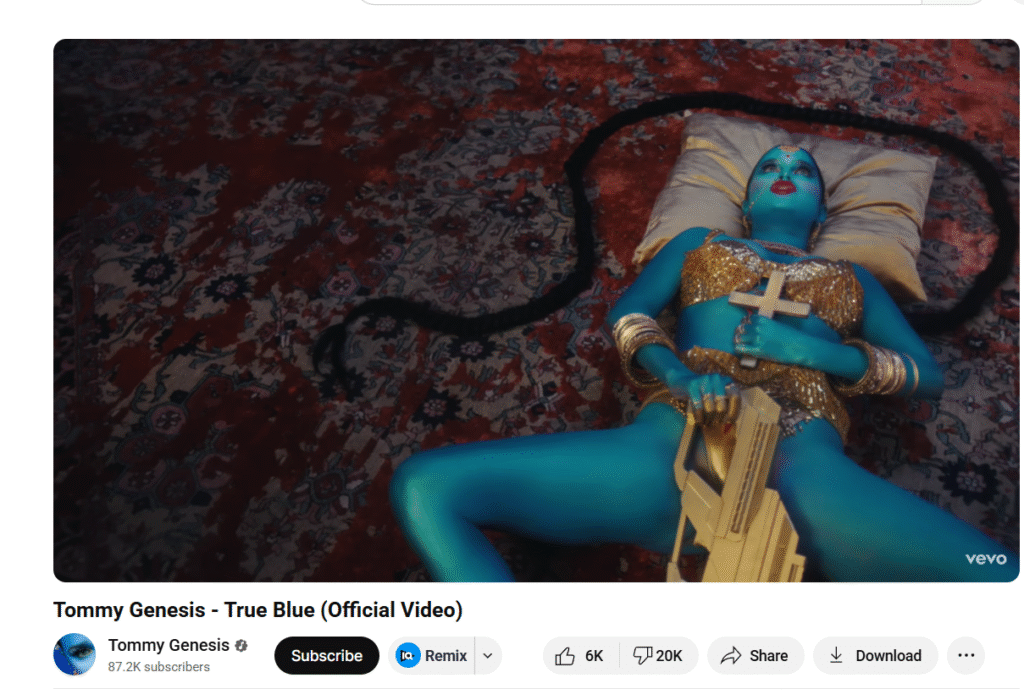
The True Blue Controversy – Sexualized Maa Kali?
In 2025, Tommy Genesis released a music video for her song True Blue. The video drew massive backlash in India and globally due to its depiction of what many interpreted as a sexualized representation of Maa Kali, a revered Hindu goddess.
Why it Sparked Outrage:
- Tommy appears in blue body paint with multiple arms and a gun — visual parallels to Maa Kali.
- She performs provocative poses while holding or interacting with a Christian cross, including highly inappropriate gestures.
- These visuals were seen as a blatant misuse and disrespect of religious imagery, especially Hinduism.
Criticism:
- Religious Insensitivity: Many viewers found the depiction traumatizing and insulting.
- Cultural Appropriation: Despite her Indian descent, critics argued she exploited sacred symbols.
- Distasteful Execution: The artistic intent was not clearly conveyed, causing confusion and anger.
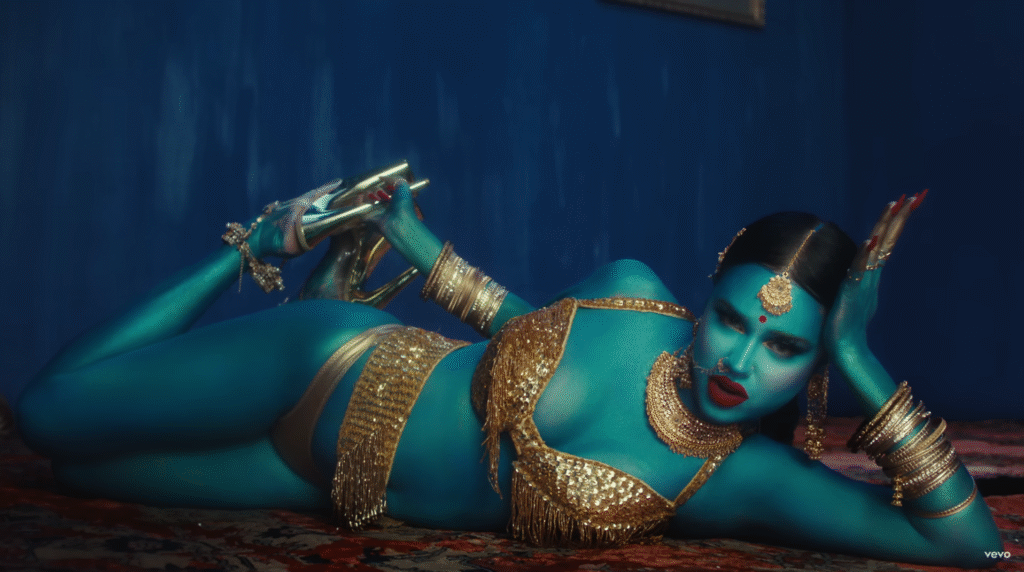
Possible Interpretations vs. Reactions
Some defenders claimed the video tried to comment on colonial-era missionary conversions in India and internal conflict between faiths. They argue that the use of Hindu and Christian symbols was a symbolic rebellion.
However, this intent was not effectively communicated, and many found the message lost in shock value. Most online responses, even from liberal viewers, criticized the poor artistic judgment.
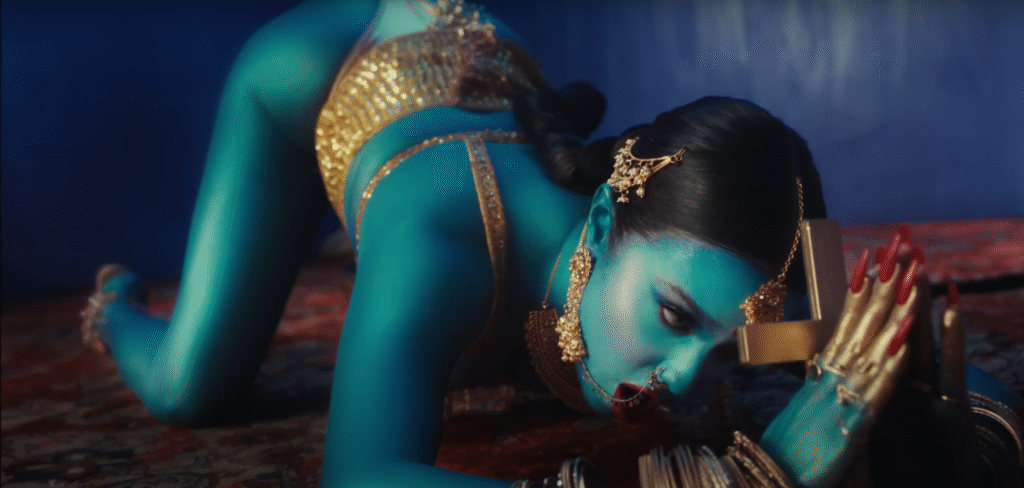
Fact Check
- Is Tommy Genesis Indian? – She is of partial Indian descent (Malayali & Tamil).
- Did she dress like Kali Maa? – She wore blue paint, extra arms, and weapon props resembling the goddess.
- Did she disrespect religious symbols? – Yes. Use of the cross in a sexual context and poses resembling sacred Hindu postures sparked mass outrage.
- Was it artistic expression? – Debatable. The line between creative liberty and cultural disrespect remains subjective, but wide consensus deemed it offensive.
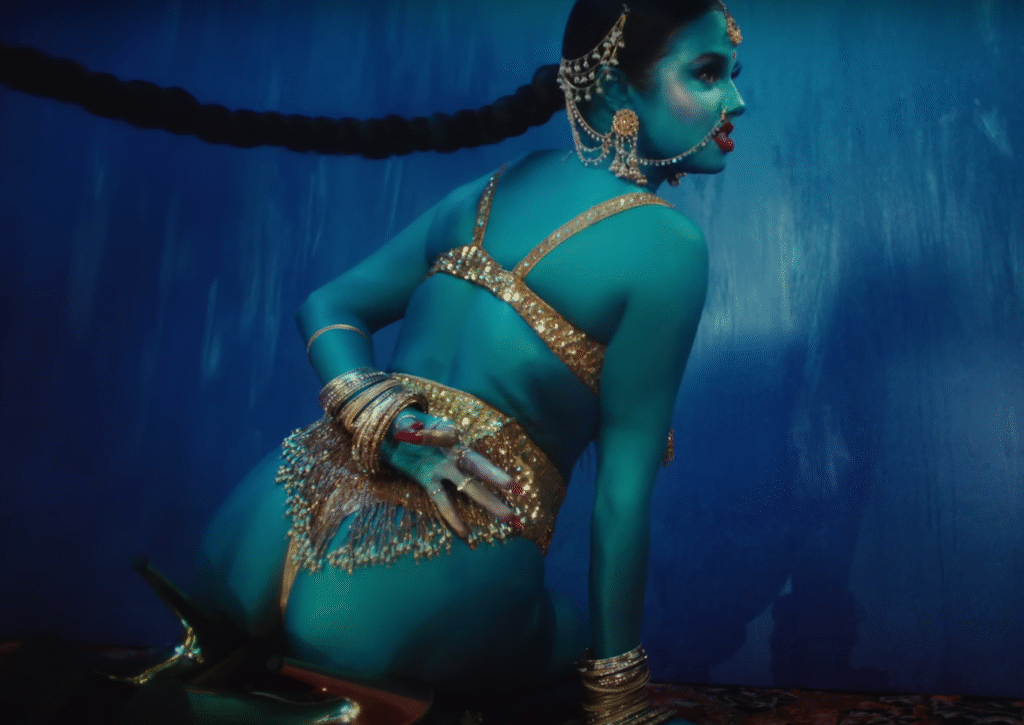
Fact Check
The comment section of the True Blue video on YouTube is filled with remarks such as:
“This is cultural appropriation.” “Absolutely disgusting and disturbing.” “She’s sexualizing someone’s god. Not empowerment, this is exploitation.”
On Reddit and X (formerly Twitter), discourse varied but leaned heavily toward criticism, with some users defending her freedom of expression.
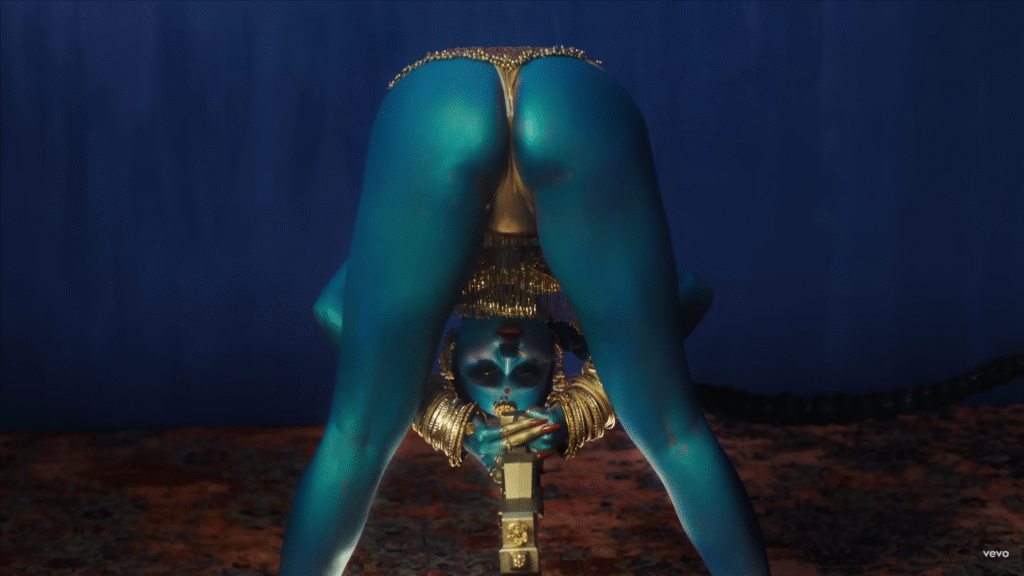
Final Takeaway
While Tommy Genesis may be known for pushing boundaries, her True Blue music video crossed a line for many. Her attempt at symbolism or rebellion was overshadowed by perceived disrespect toward deeply revered religious icons.
Art has its place—but when it desecrates faiths and cultures, the artist must answer.
FAQ
Is Tommy Genesis Indian?
She is of partial Indian descent (Malayali & Tamil).
True Blue dislike count ?
20k+
Follow us here
See Also
The Fandom Journal has a lot more to offer you. Check out our recent posts here
Amrita Sarkar (pronounced Aam-ri-to), is a content creator, B.Com graduate, CA aspirant, and PGDM student who has discovered a fresh passion for digital writing. With a sharp eye for trends and a deep curiosity for how the internet shapes our lives, Amrito writes insightful pieces on digital media, internet culture, and personal observations. This blog is his creative outlet—where analysis meets storytelling.

